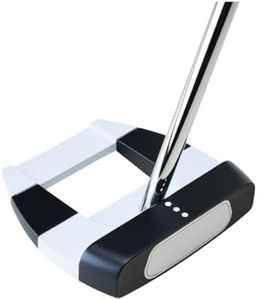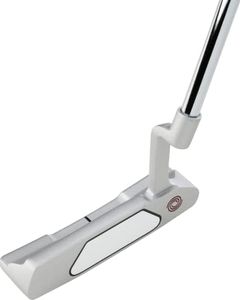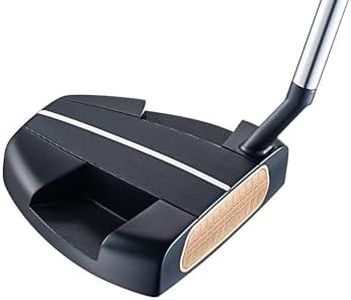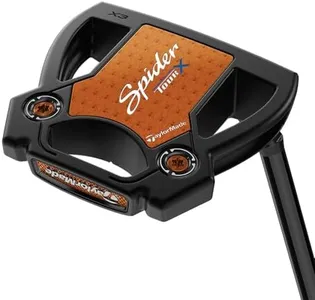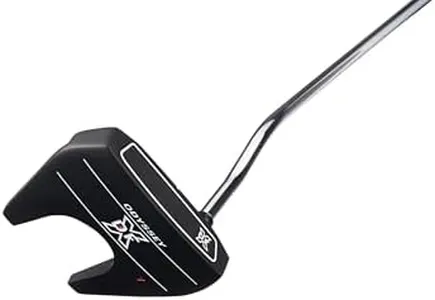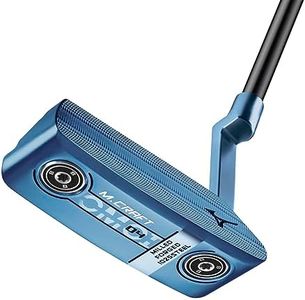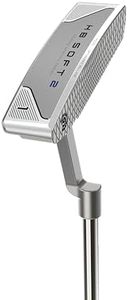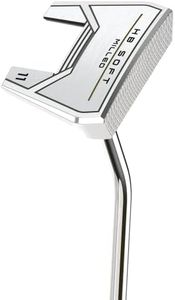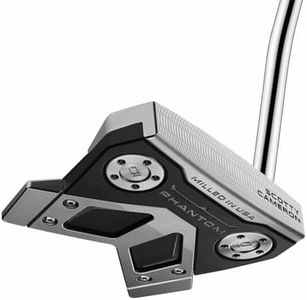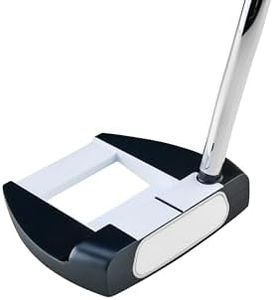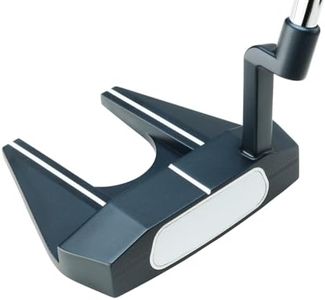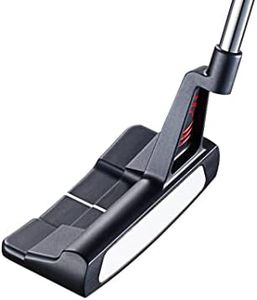We Use CookiesWe use cookies to enhance the security, performance,
functionality and for analytical and promotional activities. By continuing to browse this site you
are agreeing to our privacy policy
10 Best Golf Putters
From leading brands and best sellers available on the web.By clicking on a link to a third party's website, log data is shared with that third party.
Buying Guide for the Best Golf Putters
Choosing the right golf putter can make a real difference in your putting performance and overall enjoyment of the game. Since putters come in many shapes and designs, it's important to know not just what feels comfortable to you, but also what suits your putting style. The ideal putter helps with alignment, balance, and control, giving you more confidence when you step onto the green. To make a smart choice, focus on putters’ key features and how they match your personal needs on the golf course.Putter Head ShapePutter head shape refers to the overall design of the putter’s business end. The two main categories are blade and mallet. Blade putters are narrow and traditional, best for players with a straight, controlled stroke. Mallet putters are larger and often heavier, helping players who have a curved or less consistent swing. Your choice depends on both your stroke type and personal preference: if you like a classic feel and have confidence in your aim, try a blade. If you appreciate extra stability and help with alignment, a mallet may be better.
Putter LengthPutter length is the measurement from the grip end to the bottom of the putter head. Most putters range from 32 to 36 inches. Shorter putters are best for golfers who like to bend over the ball or have shorter arms, providing better control and eye alignment over the ball. Longer putters can be better for taller players or those who prefer standing more upright. To pick the right length, try a few in your natural stance – your eyes should be over the ball, and your arms should hang comfortably.
Putter WeightPutter weight means how heavy the putter feels in your hands, mainly depending on the head weight. Lighter putters are often favored on fast greens where a gentle stroke is needed, while heavier putters can improve steadiness on slower, thicker greens. The best weight for you depends on your play conditions and your personal tempo. If your stroke is quick, a heavier putter may help you slow down. If you have a slow, smooth stroke, a lighter putter offers more touch.
Face TypeFace type refers to the surface you strike the ball with, usually metal or featuring an insert of different material. Metal faces offer a firmer feel and a louder sound, which some players love for feedback, while inserts can soften the feel and provide more consistent ball speed. The right choice depends on what kind of feedback you want when putting and how the ball rolls off the clubface. If you like lots of feedback and play with firmer balls, a metal face might suit you. If you prefer a soft, controlled feel, go for a putter with an insert.
Grip StyleGrip style is about the thickness, shape, and material of the putter grip. Thin, traditional grips give maximum feel and connect your hands closely to the putter, good for steady, skilled hands. Thicker, oversized grips help reduce wrist movement and can cushion some grip pressure, making them helpful for golfers who get shaky or push and pull their putts. Try several grip sizes in your hands – whichever lets you swing comfortably and control your stroke with minimum wrist action is usually best.
Alignment AidsAlignment aids are the marks or lines on top of the putter head that help you aim confidently. Some putters have a single line, others have dots, or even elaborate shapes. More alignment help can be useful for golfers who struggle with direction or want more visual guidance, while simpler designs appeal to those who trust their setup and like a clean look. Think about how much help you want when aiming: if you need visual guidance to square the putter, choose a model with clear alignment aids. If you find too many lines distracting, look for a simpler design.
